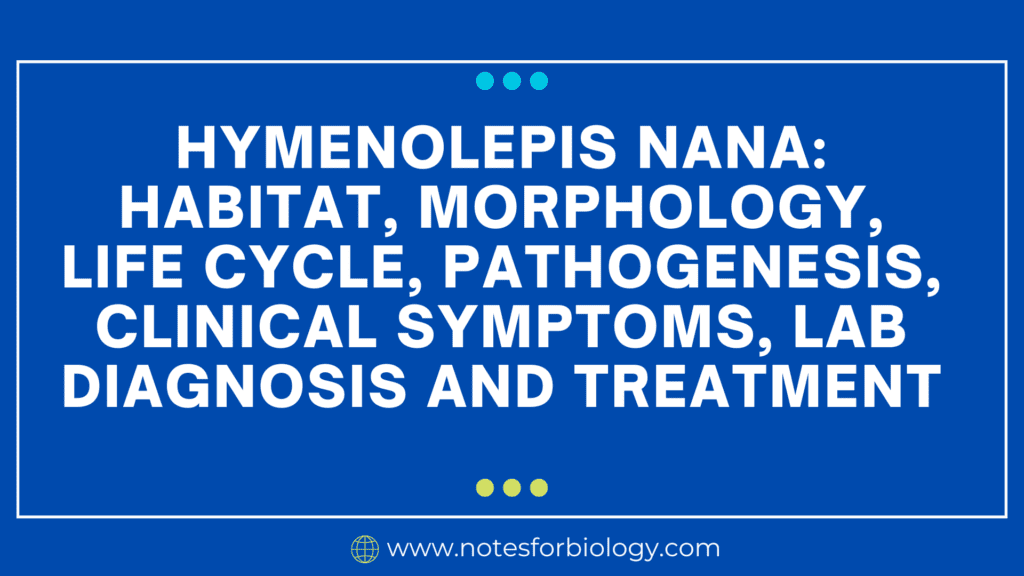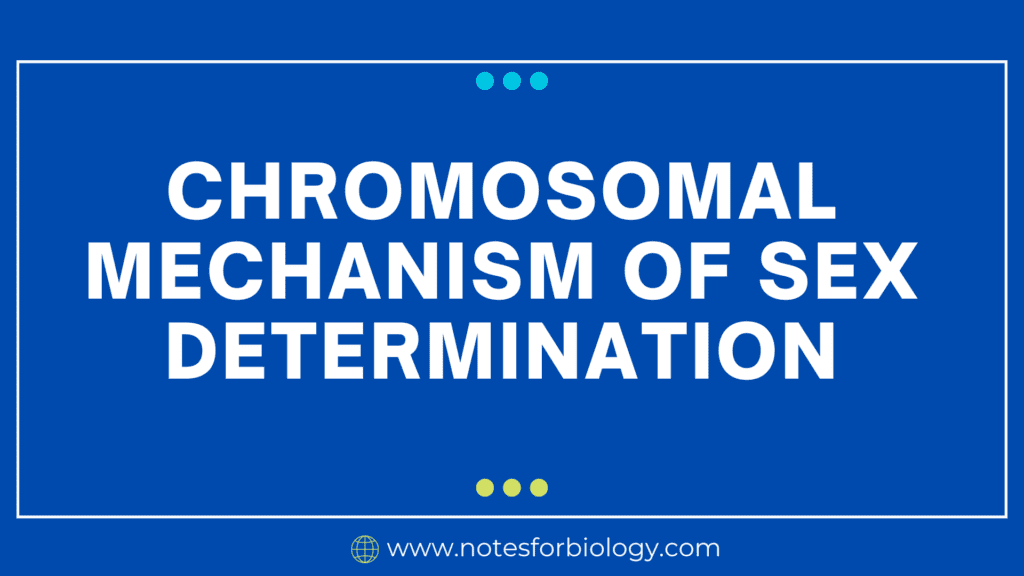Three point test cross: gene order, map distance, inference and coefficient of coincidence and level of inference
What is Three point test cross? A three point test cross is a method used in genetics to examine the arrangement of three linked genes on a chromosome and to measure the distances between them. It helps researchers understand how these genes are positioned relative to one another (gene order), calculate the distance between them […]










